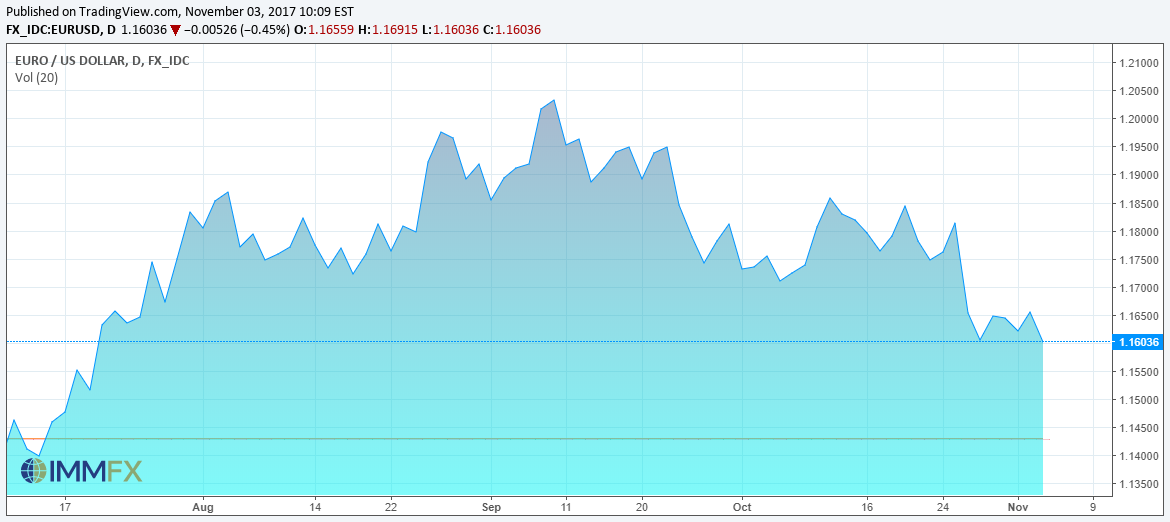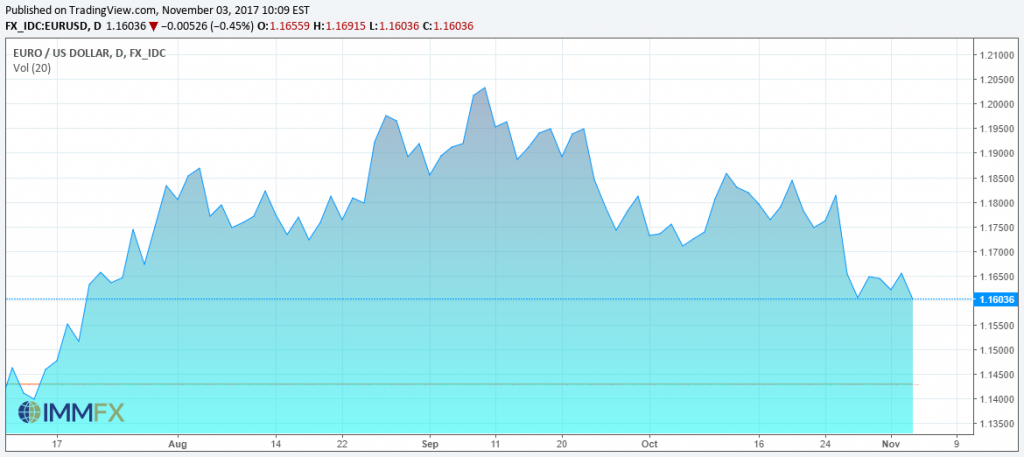The main purpose of online forex trading is to augment your forex trading account with the passing of time. It is not a way to make a quick buck on the trading platform, as most people believe, and it takes time, effort and hard work to make good money from FX trading.
There are four primary approaches to forex trading.
- Scalping
- Day trading
- Swing trading
- Position trading
With position trading, positions remain open for months or even years. Investors keep a close eye on daily forex news to stay afloat in economic circumstances. They also perform technical analysis to execute their trades. Though position trading has the potential to be very profitable, it also requires a huge initial capital.
On the other end of the spectrum is scalping and is one of the riskiest strategies an online trader can take. It is fast-paced, illogical and unplanned. Scalping is likened to gambling by many successful investors and magnates such as Warren Buffet state that scalping brings very little benefit to the forex trading world.
Instead, investors should stick to safer strategies that are carefully planned and executed. Swing trading is a ‘medium-term’ investment approach that involves holding a position open for days or weeks – no less and no longer. It involves letting the trade run its course while you think on a bigger scale in terms of profit.
What are the Benefits of Swing Trading?
Swing trading doesn’t appeal to everyone. It’s typically considered too boring to be worthwhile as there is lots of waiting involved.
But swing trading possesses endless benefits: you need less time on the trading platform but are financially better off in the long run. You will experience less stress overall as you can set up your trade on the trading platform, including stop losses and take profit orders, and leave the trade to run its course while you go about your business.
In addition, you only need to check the market once or twice each trading day. You simply take advantage of momentum has it presents itself, until its run its course. Using price action trading combined with swing trading, you can capture the majority of trend movements and benefit from the profits in your forex trading account. You will gain an edge in the market and will always be one step ahead of the trading game.



